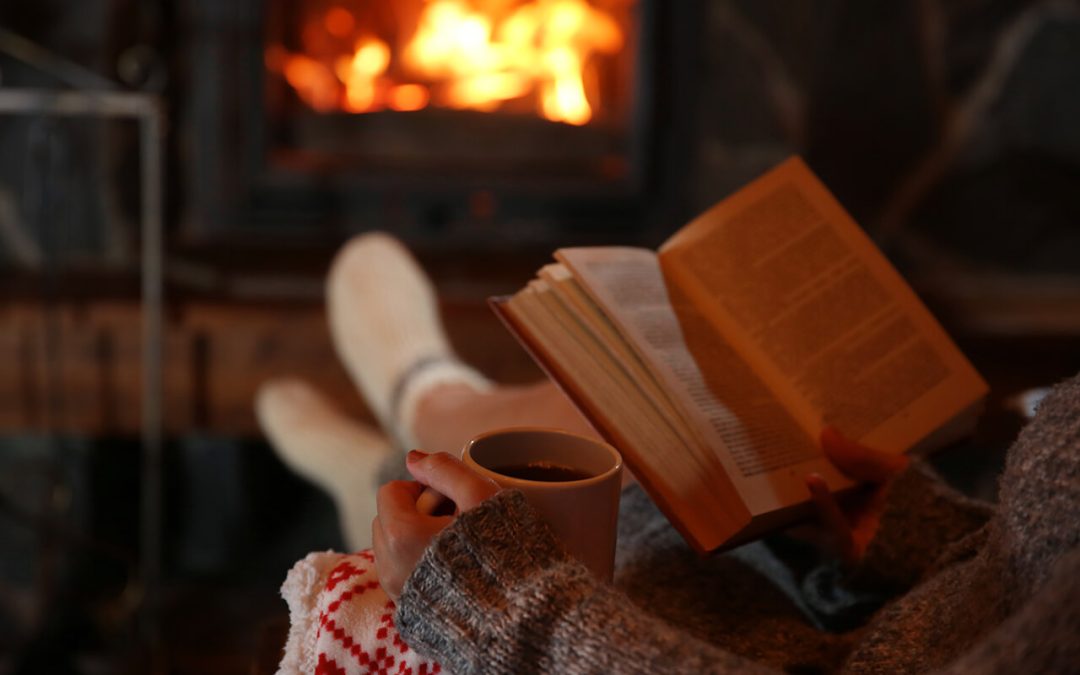Fireplaces have been a source of comfort and warmth for centuries. But, if not properly maintained, they can be a potential hazard to the safety of your home and family. Here are some essential tips to keep in mind regarding fireplace safety.
1. Have the Fireplace Inspected Annually
When it comes to fireplace safety, an annual inspection is essential. A professional inspection identifies risks or hazards associated with using a fireplace and lets you know what steps to take to reduce those risks.
An annual inspection performed by a qualified and certified professional is important for all types of fireplaces – gas, wood burning, pellet stoves, and electric fireplaces. During the inspection process, the technician will check for creosote buildup in the chimney liner, cracks or structural issues with the firebox, and proper clearance between combustible materials and heat sources. They will also test flue operation; check venting systems; inspect brickwork; examine pilot lights and thermocouples on gas models, and verify all controls are functioning correctly.
2. Install Smoke and Carbon Monoxide Detectors
Install smoke and carbon monoxide detectors on each floor of your home, especially near bedrooms or sleeping areas. Test the batteries regularly and replace them every six months. Teach family members the sound of the alarm and help young children learn how to exit the house if an alarm sounds.
3. Keep Flammable Items Away from the Fireplace
Make sure that no combustible materials such as furniture, curtains, draperies, books, and magazines are located close to the fireplace opening. Keeping belongings away will reduce the risk of accidental fires caused by sparks that may escape from the firebox. For added protection, install a fireplace screen or fire-resistant glass doors.
4. Fireplace Safety: Never Burn Trash
Never burn household trash in your fireplace. These substances can release dangerous toxins into your home’s air when burned and should not be used as fuel in an indoor fireplace under any circumstances. Trash may burn into embers that float up the chimney, igniting creosote in the flue or starting a fire on the roof.
5. Choose the Right Firewood for Fireplace Safety
Fireplaces require dry and seasoned wood, which is free from moisture. Wet or green wood can leave behind creosote, a flammable substance that can accumulate on the chimney liner over time. To avoid creosote buildup, purchase firewood that has been seasoned for at least six months so it’s had time to dry out.
Split the logs into smaller pieces, so they burn more efficiently while creating less smoke. Choose firewood with low sap content, such as ash or oak, as these produce better heat output than those with higher resin levels.
As you can see, there are several steps that homeowners must take to ensure their fireplaces are safe to use. Heeding these tips will protect your family from danger while extending the life of your fireplace. Safely enjoy a cozy winter evening around a crackling fire with friends and family.
Boise Valley Home Inspection offers inspection services to customers in the Treasure Valley and surrounding areas in Idaho. Contact us to request an appointment.

